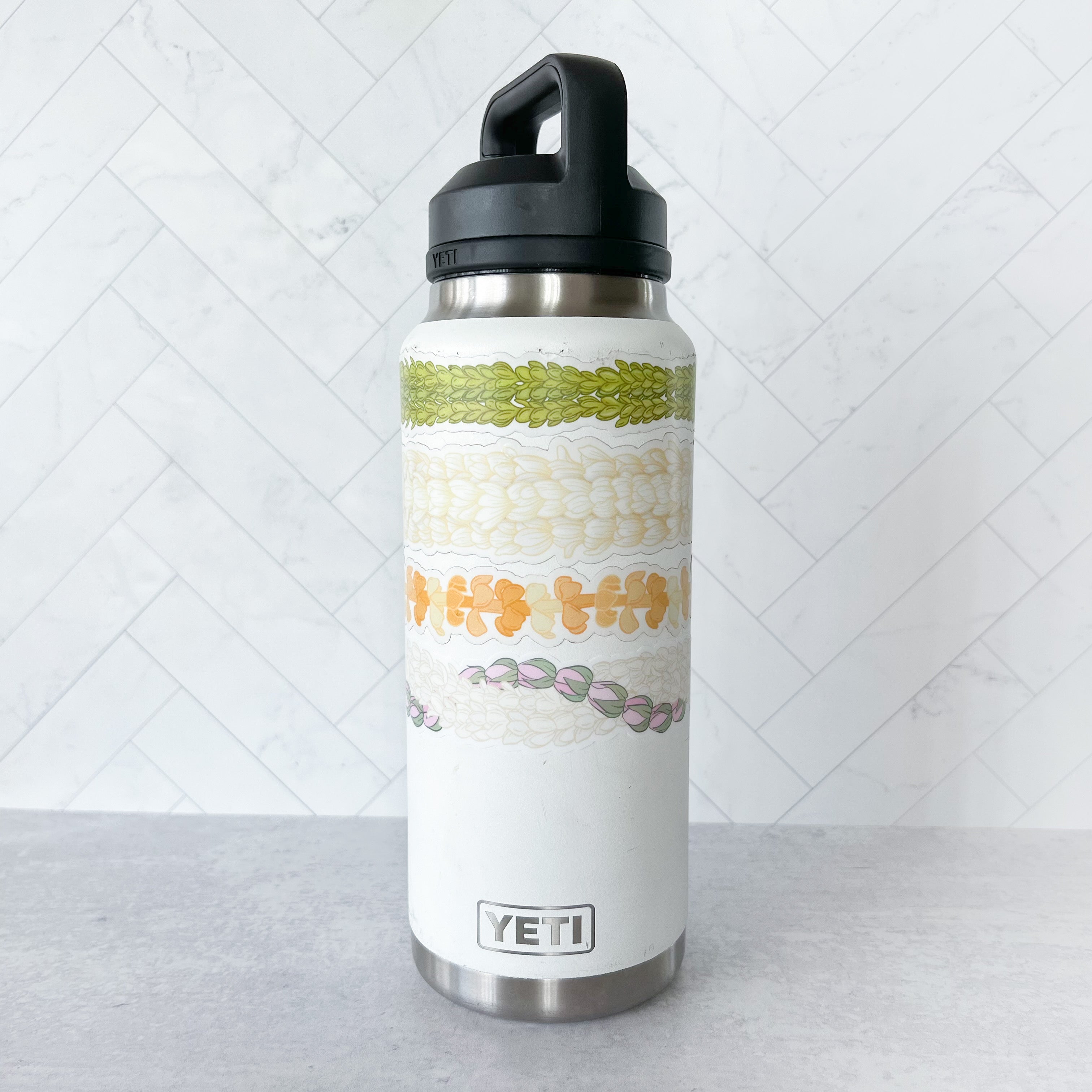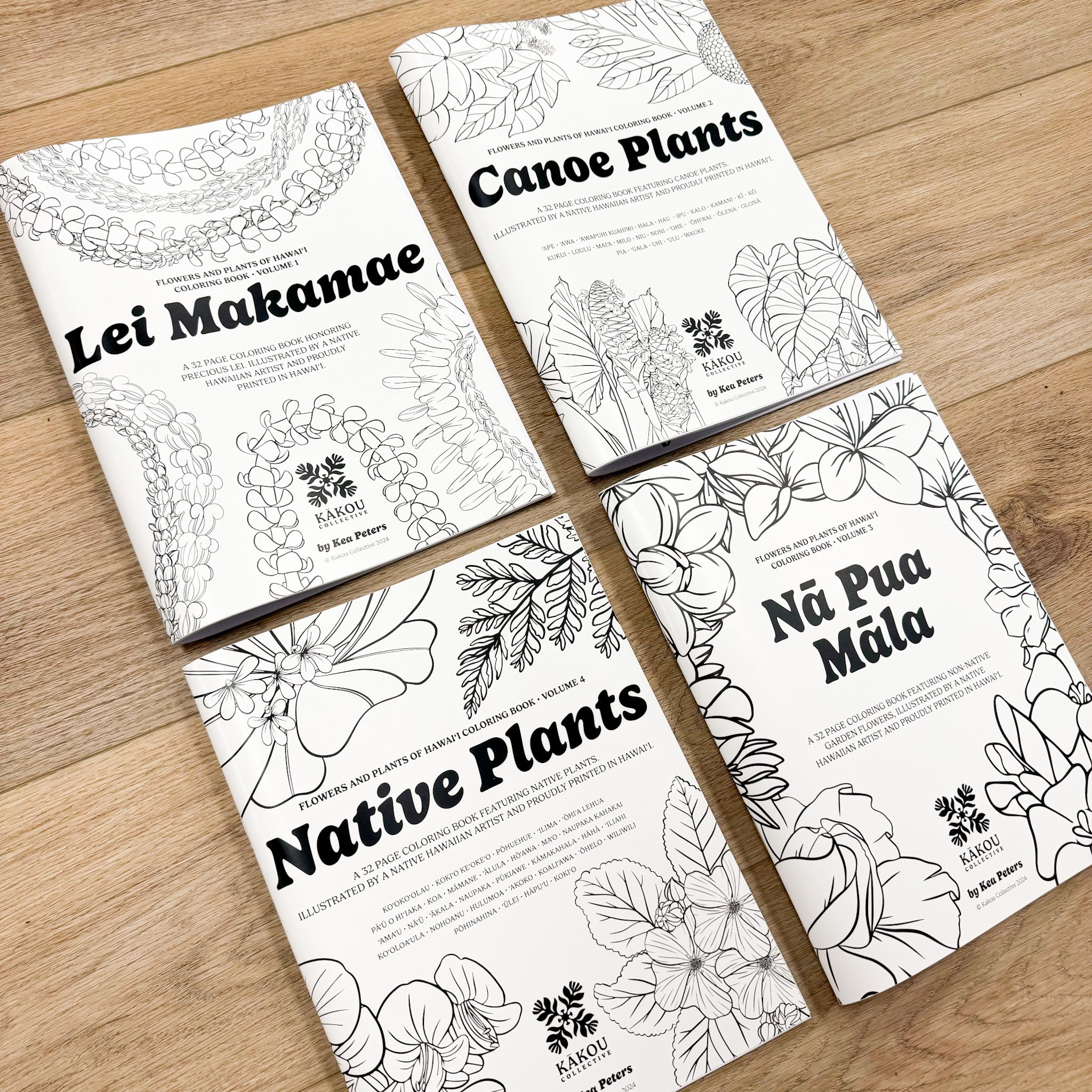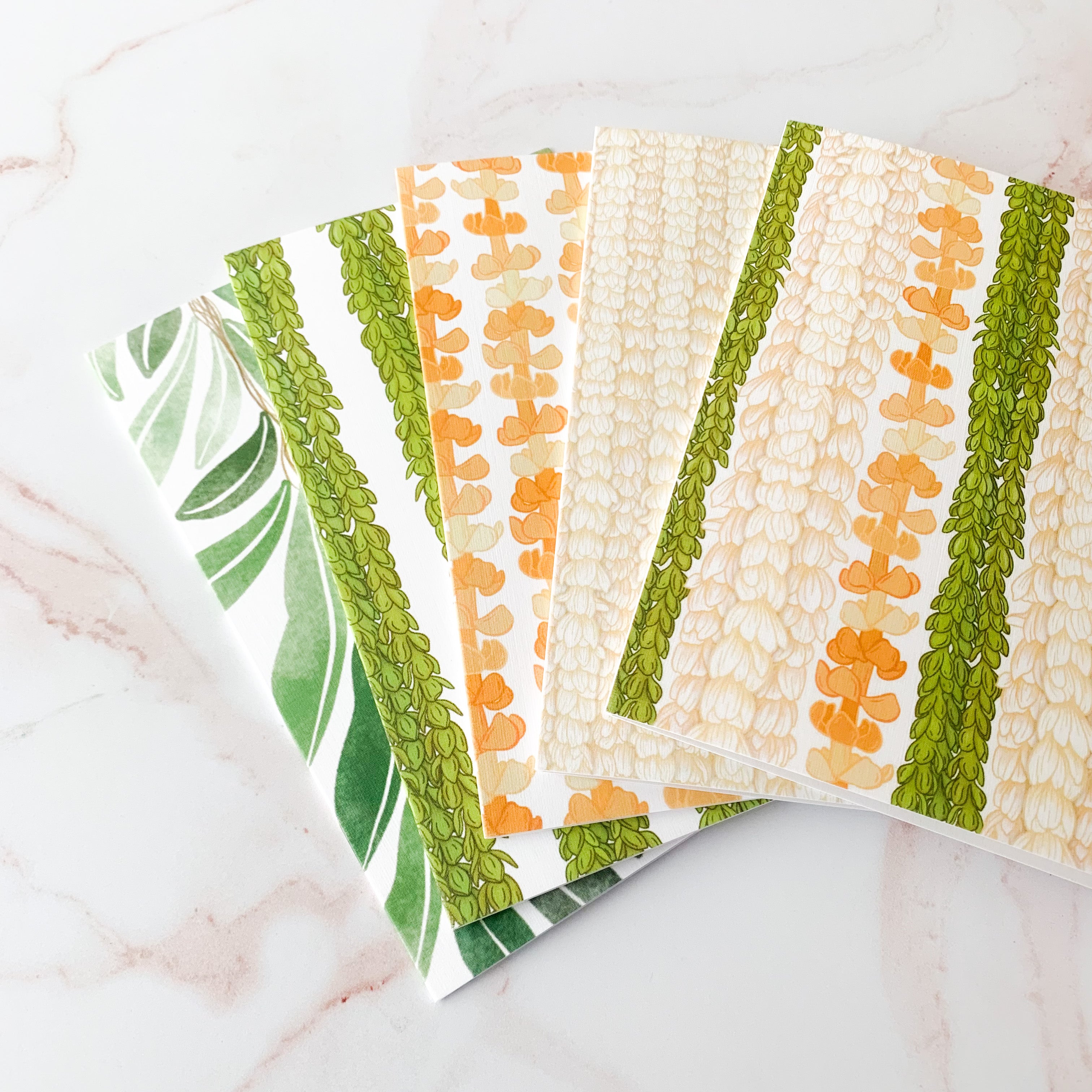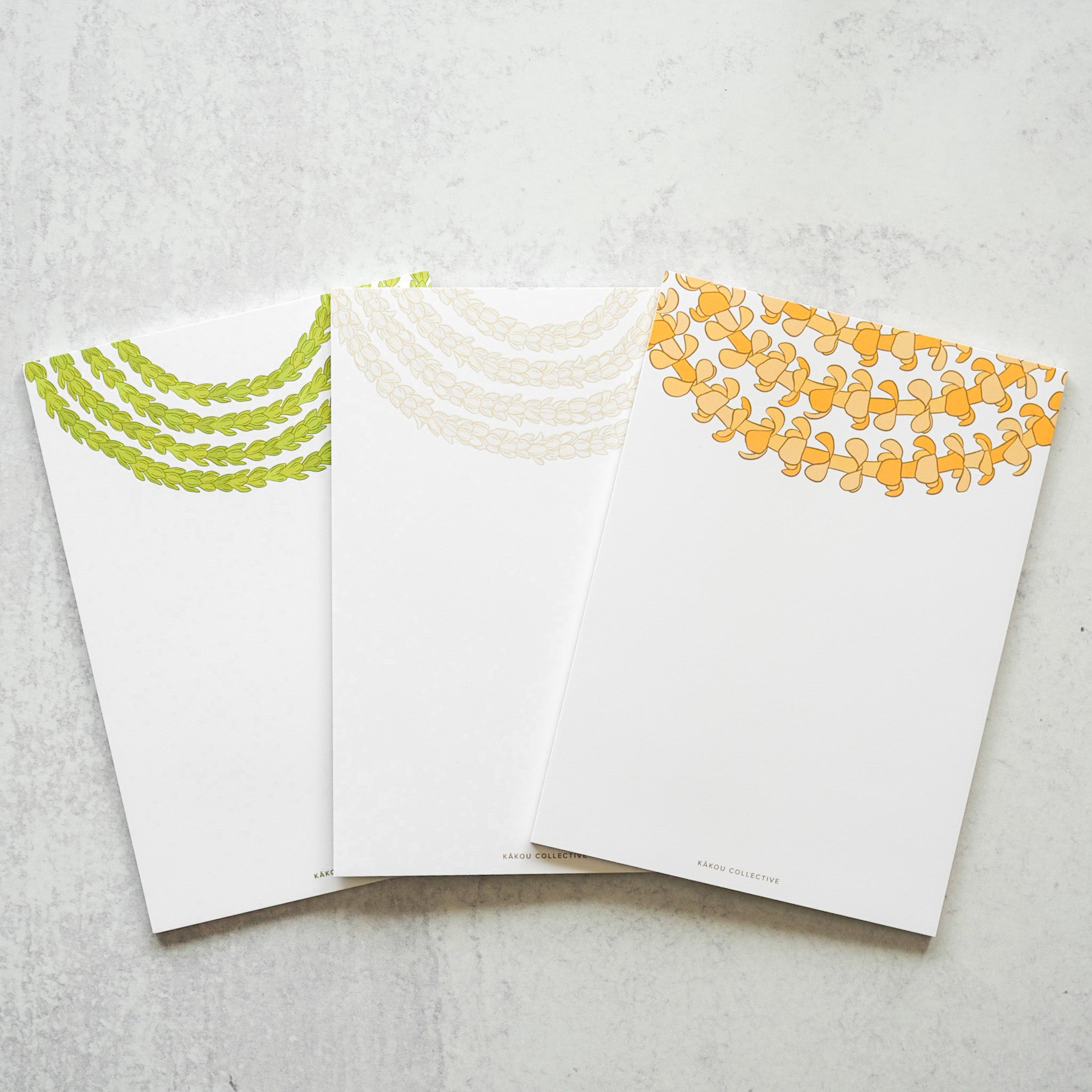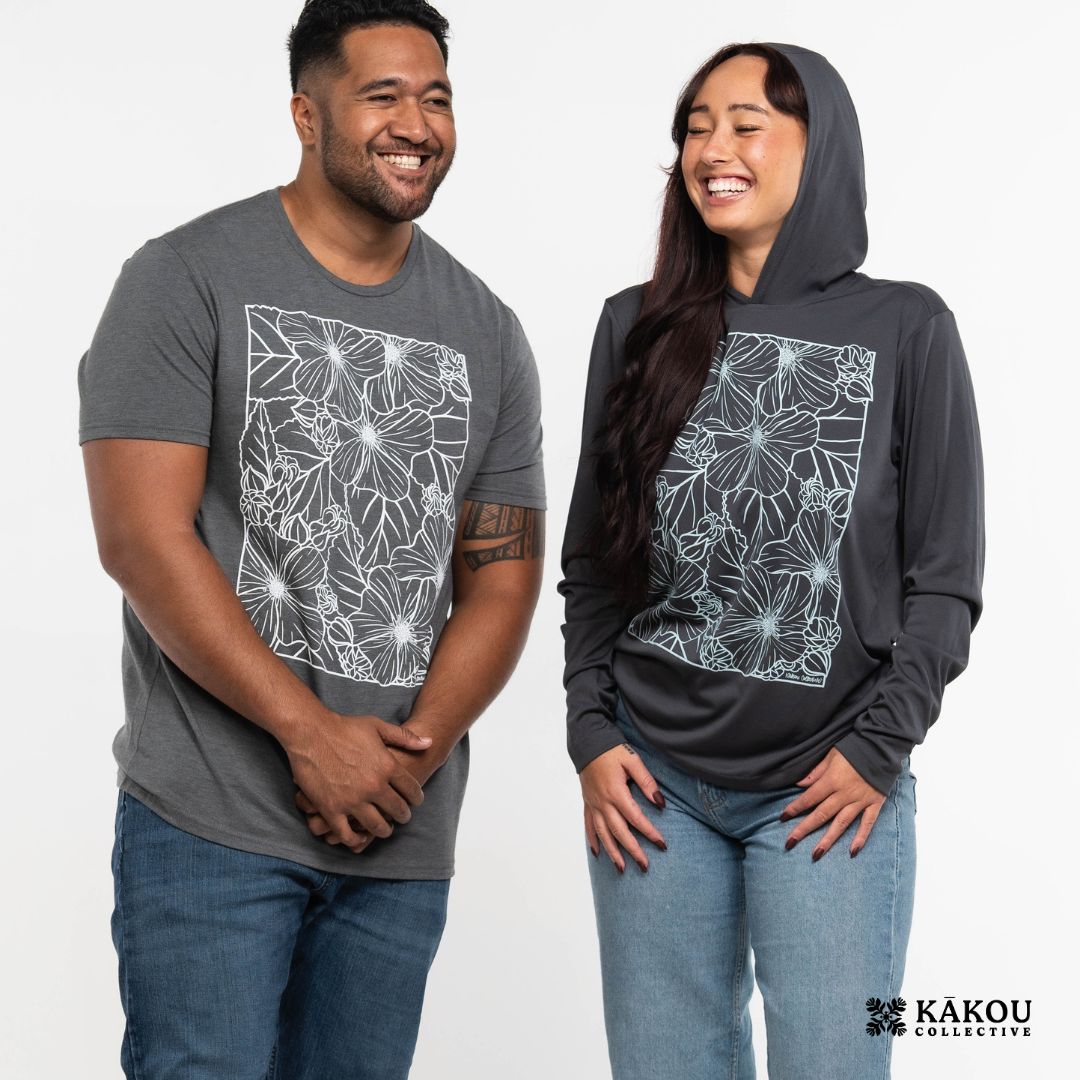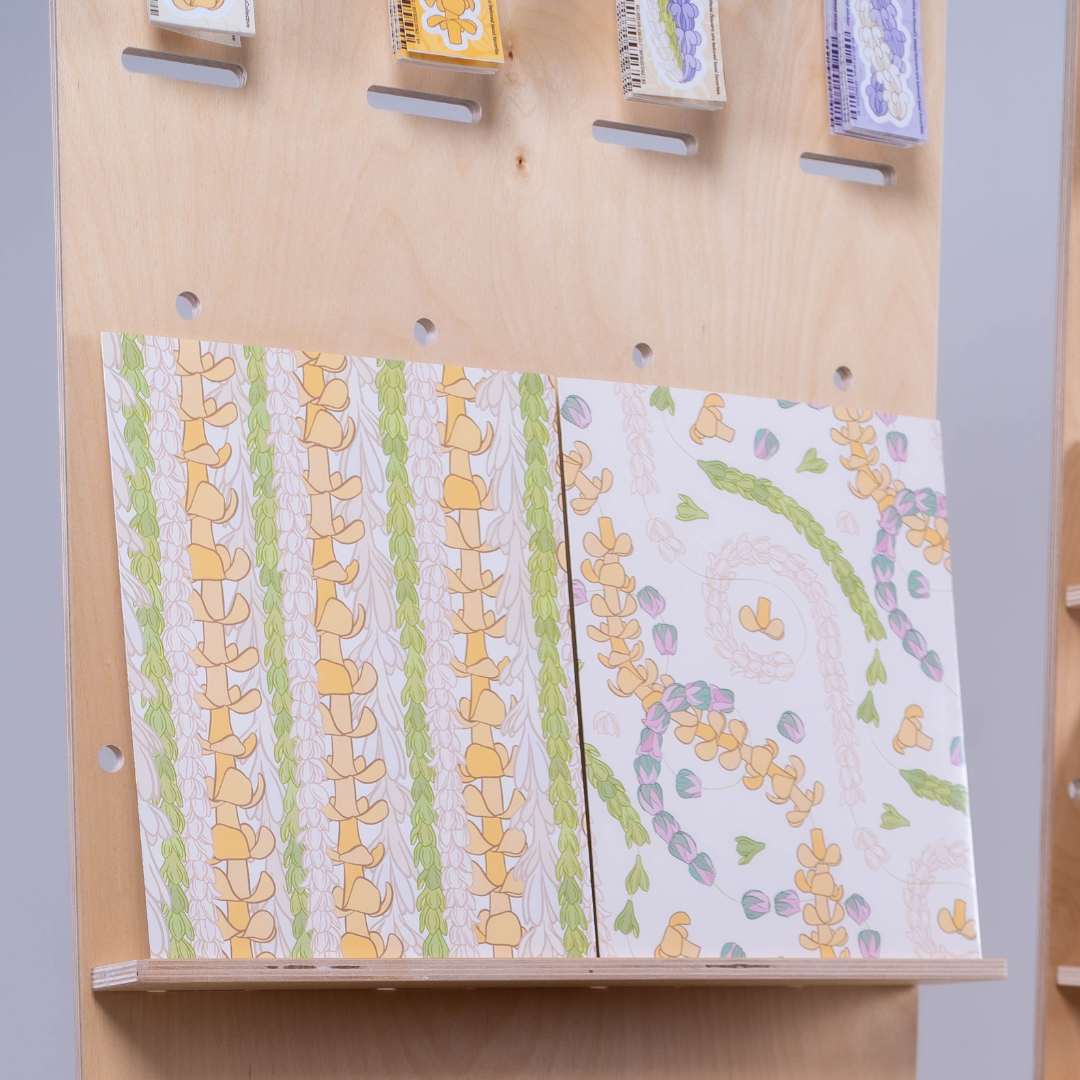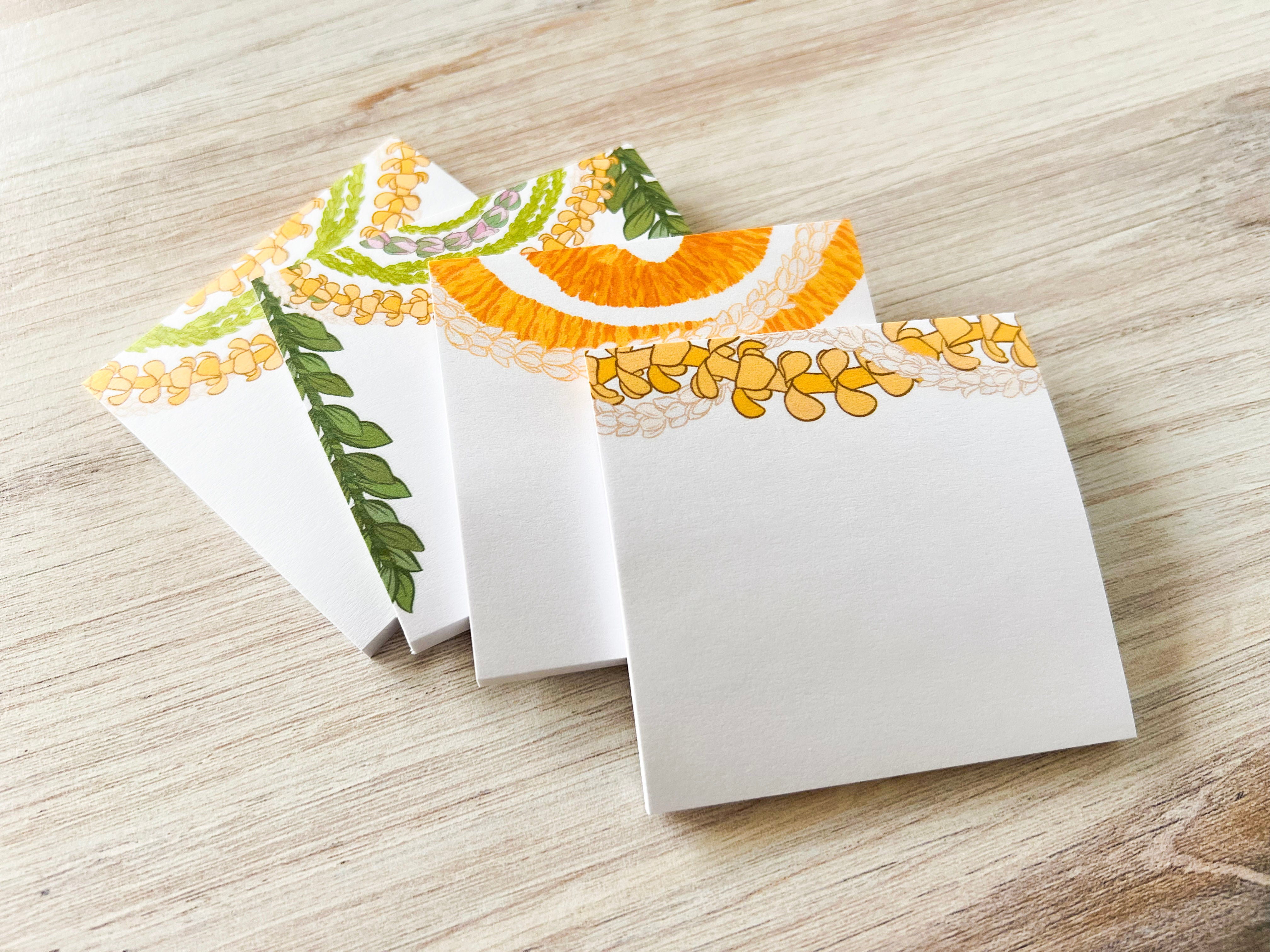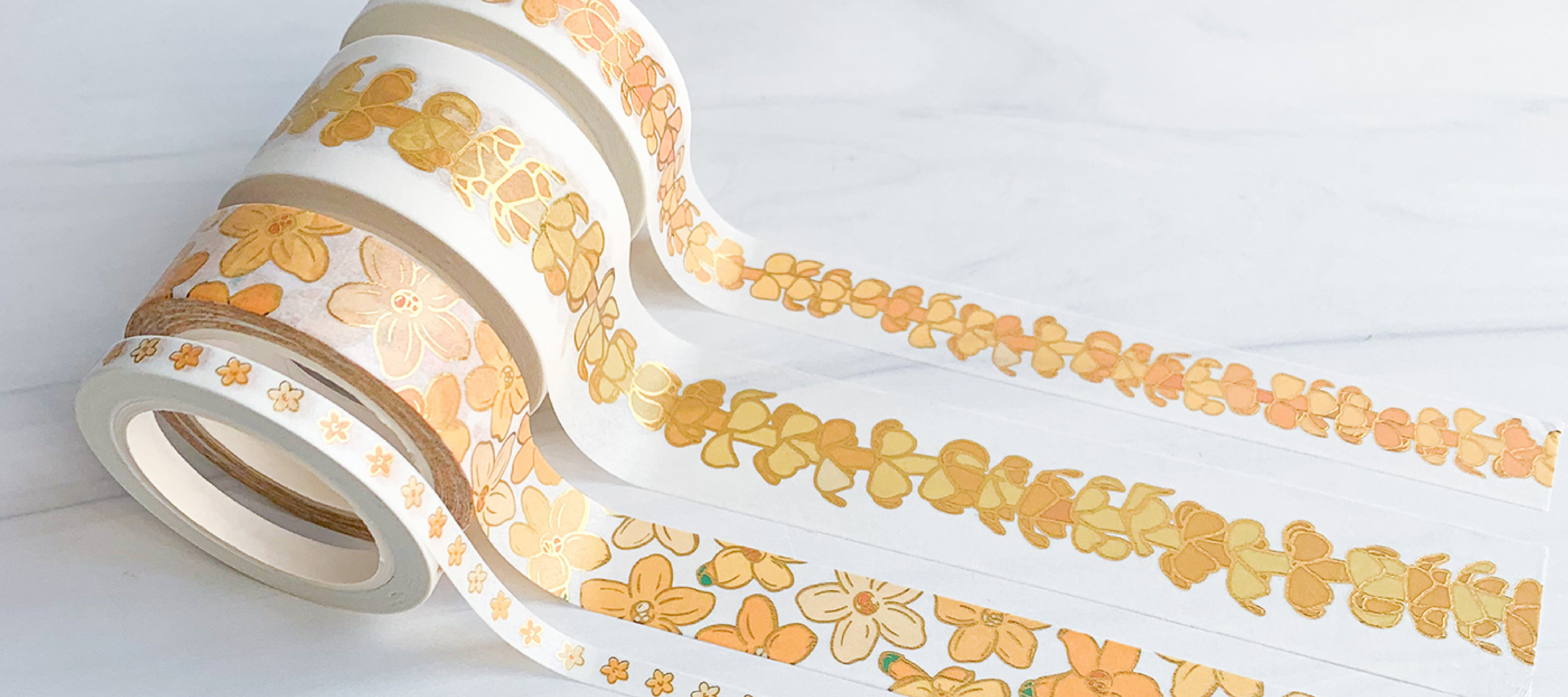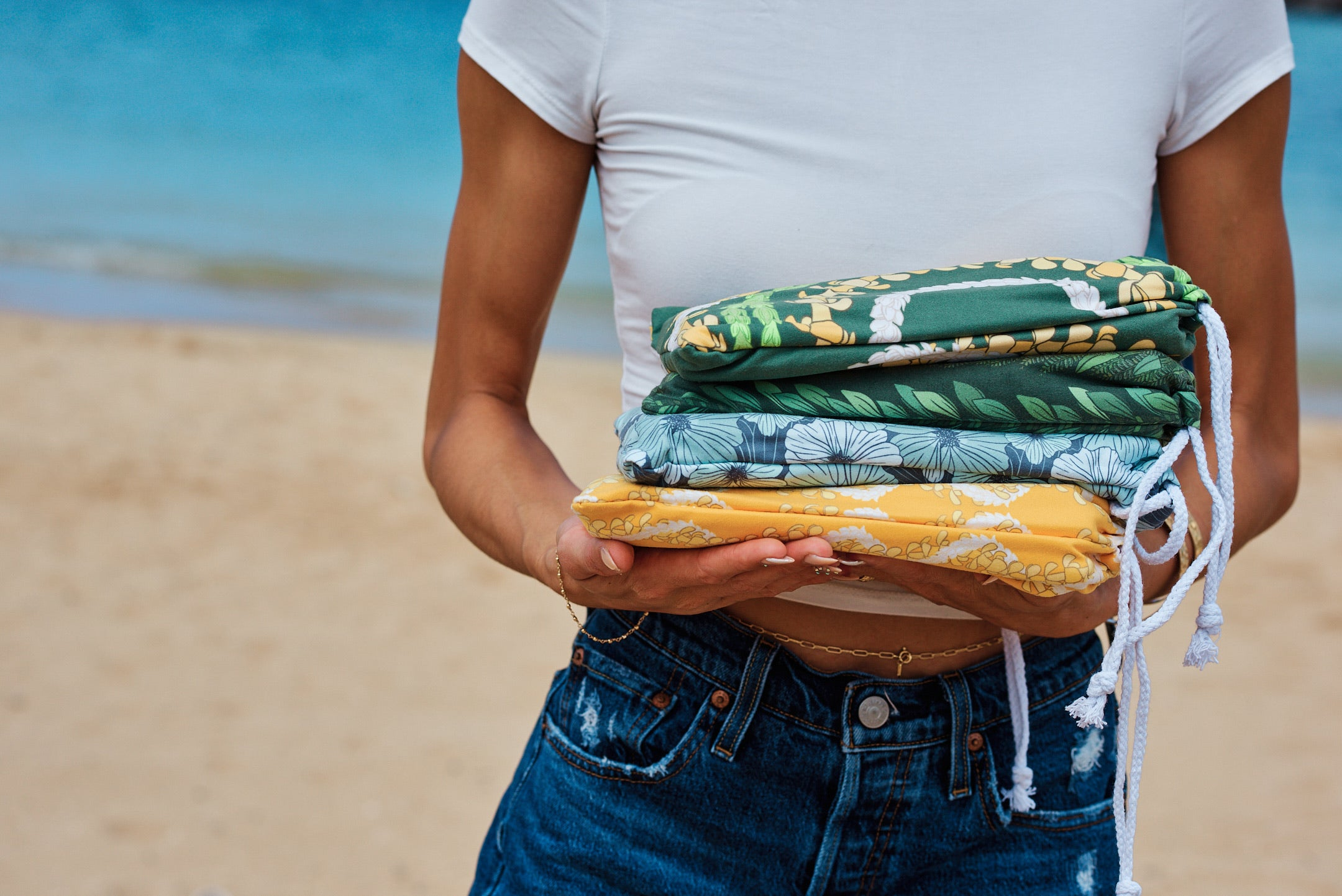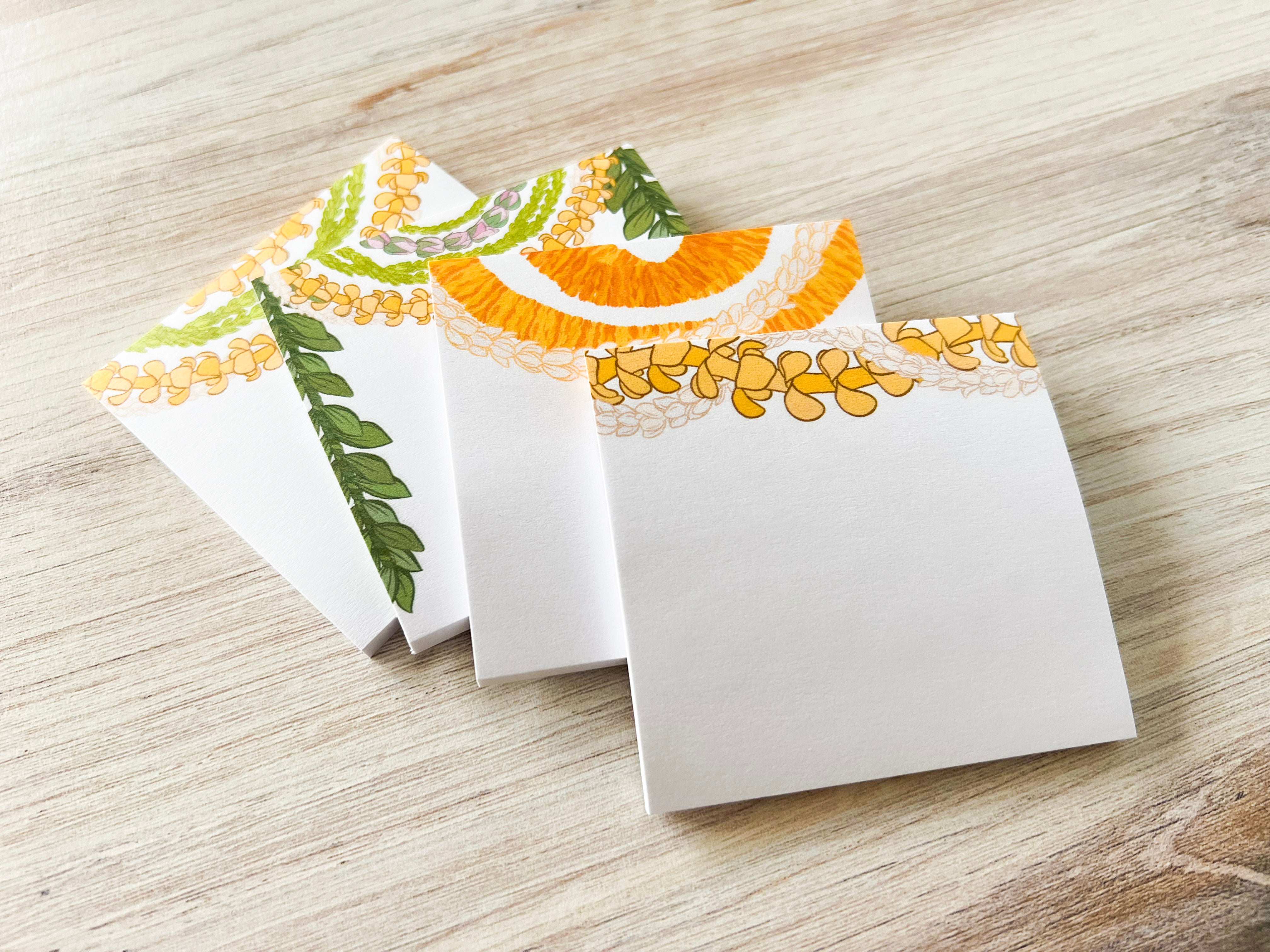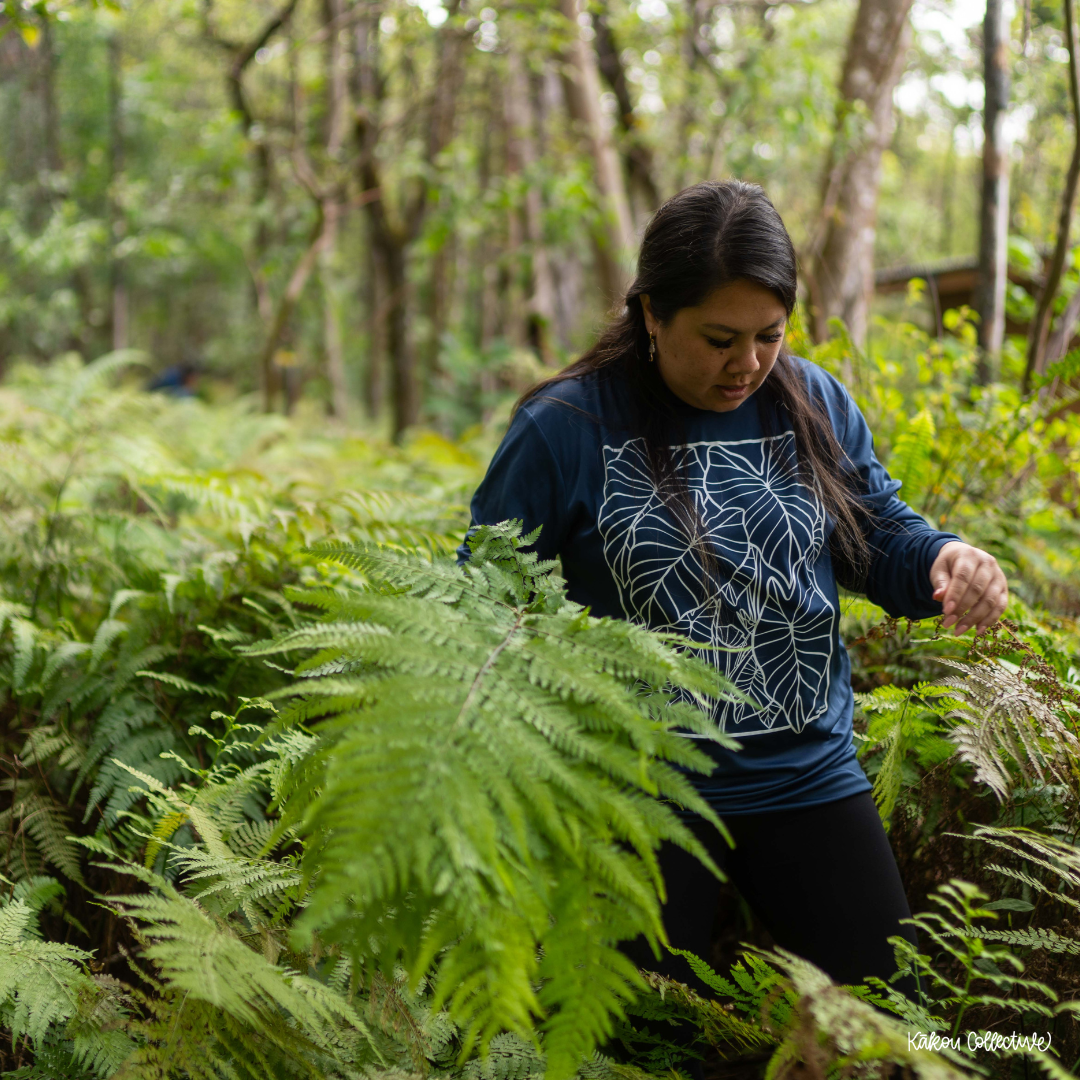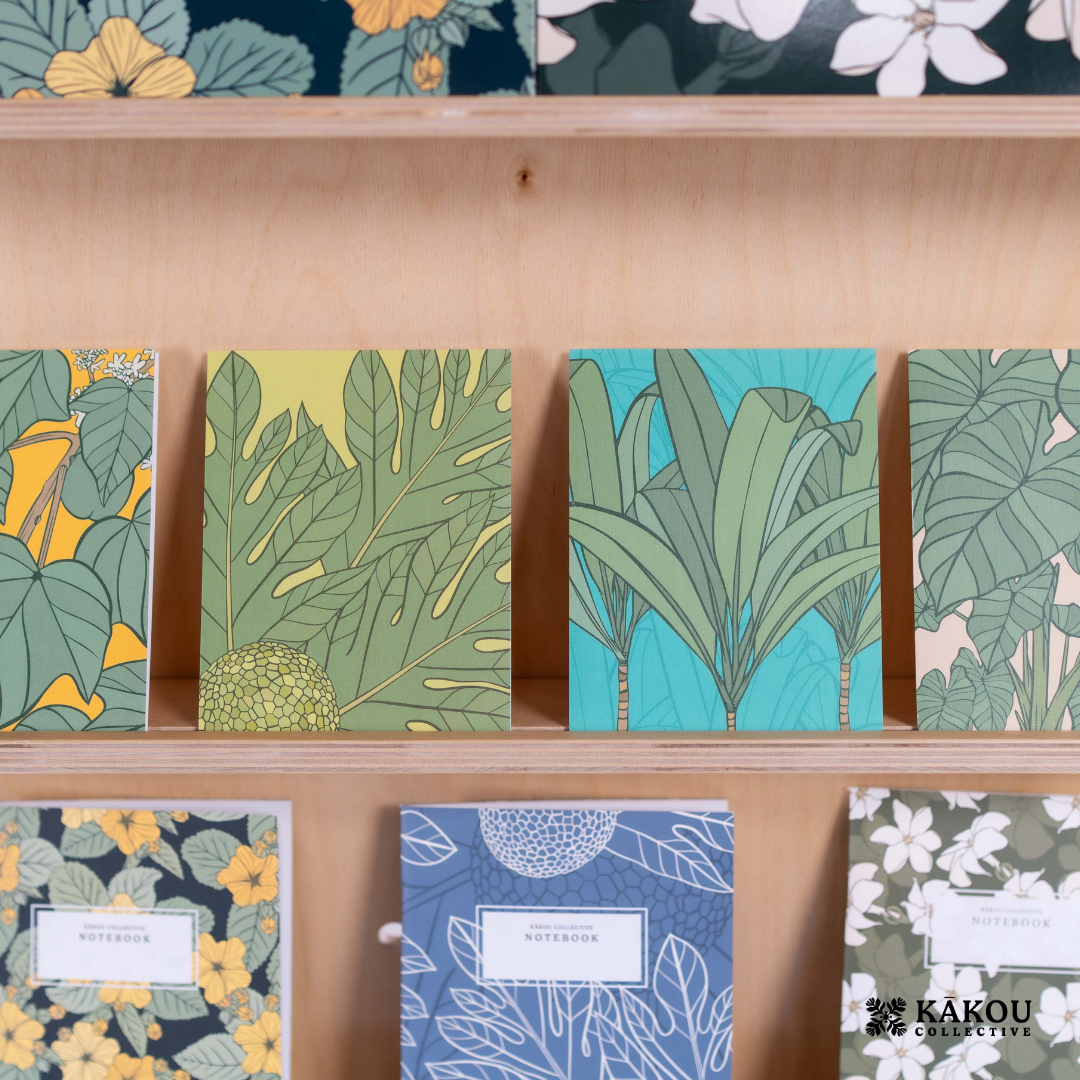The Sacred Koa: Hawaii's Guardian of Forest Health and Cultural Heritage
The majestic koa tree (Acacia koa) stands as one of Hawaii's most iconic native species, reaching heights of over 100 feet and living for centuries. These ancient giants aren't just beautiful – they're crucial pillars of Hawaii's forest ecosystems and cultural identity. As development and invasive species threaten Hawaii's native forests, understanding the importance of koa has never been more vital.
A Legacy Written in Wood
For Native Hawaiians, koa has always been more than just a tree. Traditionally, koa wood was used to craft wa'a (outrigger canoes), weapons, and ceremonial objects. These weren't merely utilitarian items – they were connections to the land and ancestral knowledge, embodying the Hawaiian concept of malama 'āina (caring for the land).
The Forest's Keystone Species
Koa trees are ecological powerhouses that support entire ecosystems:
As nitrogen-fixing plants, koa trees enrich Hawaii's volcanic soils, creating fertile ground for other native plants to thrive. Their massive canopies provide essential shade and shelter for understory species, while their leaf litter builds rich organic matter that sustains soil health.
These trees are also crucial for Hawaii's endangered native birds. The 'akiapōlā'au, a rare honeycreeper, relies specifically on koa trees for feeding and nesting. The birds' specialized beaks have evolved to probe koa bark for insects, demonstrating the deep evolutionary relationships between native species.
Watershed Guardians
Hawaii's water security depends significantly on healthy native forests. Koa trees play a vital role in capturing moisture from passing clouds and fog – a process known as "cloud water interception." Their deep root systems help prevent erosion and regulate water flow, while their canopies slow rainfall, allowing water to seep gradually into the ground rather than causing destructive runoff.
Modern Threats and Conservation Efforts
Despite their importance, koa forests face numerous challenges:
Historical deforestation for agriculture and cattle ranching has dramatically reduced koa's range. Invasive species, particularly aggressive grasses and feral ungulates, prevent natural koa regeneration by eating seedlings and increasing fire risk. Climate change threatens to alter the delicate environmental conditions these trees need to thrive.
However, hope grows alongside awareness. Conservation organizations across Hawaii are working to protect and restore koa forests. Innovative projects combine traditional ecological knowledge with modern science, involving local communities in restoration efforts. Some private landowners are establishing sustainable koa forestry operations, proving that conservation and economic benefits can coexist.

Art as Environmental Advocacy
As artists, we hold a unique power to shine a light on native species through our creative work. Every painting, drawing, or sculpture featuring koa becomes a conversation starter about conservation and cultural preservation. Through art, we can capture not just the physical beauty of koa trees, but also their spiritual and ecological significance to Hawaii.
In celebration of Native Hawaiian Plant Month, we're excited to share a special resource for artists and educators alike. Our step-by-step guide on illustrating koa trees is designed to help anyone, from beginners to experienced artists, create their own koa artwork. By sharing these illustrations on social media with #KoaArtHawaii, you join a growing community of artists advocating for native species preservation through creativity.
[Access our Koa Illustration Guide here - created specifically for Native Hawaiian Plant Month 2023]
When we create art featuring native species like koa, we're not just making beautiful images – we're creating visual stories that can inspire conservation action and cultural appreciation. Each artwork becomes a seed of awareness, growing into deeper conversations about protecting Hawaii's natural heritage.
The Path Forward
Protecting and restoring Hawaii's koa forests isn't just about preserving a single species – it's about maintaining the ecological and cultural fabric of the islands. Each koa tree planted represents an investment in Hawaii's future, supporting:
- Clean water resources
- Native wildlife habitat
- Cultural preservation
- Climate change resilience
- Sustainable forestry opportunities
We all have a role in protecting these magnificent trees. Supporting local conservation efforts, choosing sustainably sourced koa products, and educating others about native forest importance are crucial steps. As Hawaii faces increasing environmental challenges, the koa tree stands as a symbol of resilience and hope – a reminder that by caring for native species, we care for ourselves and future generations.
Taking Action
For those inspired to help protect Hawaii's koa forests, consider:
- Supporting local conservation organizations
- Participating in native tree planting events
- Learning about traditional Hawaiian forest management practices
- Advocating for native forest protection policies
- Choosing products from sustainable koa forestry operations
- Creating and sharing artwork featuring koa trees
- Teaching others about koa through visual storytelling
The story of koa is the story of Hawaii itself – one of resilience, adaptation, and the vital connection between land and people. By protecting these magnificent trees and sharing their story through art and education, we preserve not just a species, but a living legacy for future generations.


